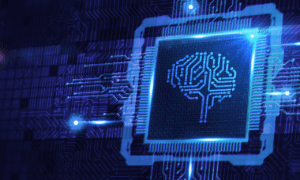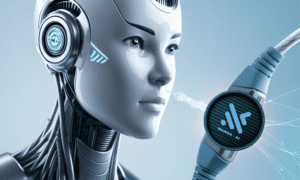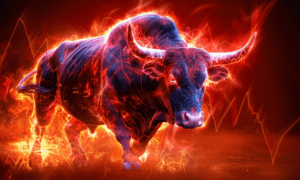Introduction
Artificial Intelligence (AI) has evolved significantly over the years, with its roots tracing back to the visionary ideas of Alan Turing. This article delves into the milestones that shaped the landscape of early AI, leading up to the pre-2000 era. From Turing’s foundational concepts to the burgeoning developments of the late 20th century, we embark on a journey through the fascinating history of AI.
The Turing Connection:
The journey begins with Alan Turing, a brilliant mathematician and computer scientist who laid the theoretical groundwork for AI. In 1950, Turing introduced the concept of a test to determine a machine’s ability to exhibit intelligent behavior indistinguishable from that of a human. This groundbreaking idea, known as the Turing Test, set the stage for the exploration of machine intelligence.
Dartmouth Conference and the Birth of AI:
Fast forward to 1956, where the Dartmouth Conference marked a pivotal moment in AI history. The term “artificial intelligence” was coined, and leading minds in the field gathered to explore the possibilities of creating machines that could simulate human intelligence. This event is often regarded as the birth of AI as a distinct field of study.
Symbolic AI and Expert Systems:
In the 1960s and 1970s, symbolic AI emerged as a dominant approach. Researchers focused on representing knowledge in a symbolic form, using rules and logic to mimic human problem-solving. Expert systems, a key development during this period, showcased AI’s potential by demonstrating expertise in specific domains, such as medical diagnosis.
The AI Winter:
Despite early successes, the 1970s and 1980s saw a downturn in AI research known as the “AI winter.” Funding dwindled, and optimism waned as the limitations of symbolic AI became apparent. The inability to handle real-world complexity led to a temporary setback, but this period of reflection ultimately paved the way for new approaches.
Connectionism and Neural Networks:
The late 1980s witnessed a resurgence in AI research, with a paradigm shift towards connectionism and neural networks. Inspired by the human brain’s architecture, researchers explored the potential of artificial neural networks to learn and adapt. This era laid the groundwork for the neural network renaissance we witness today.
Machine Learning and Data-Driven AI:
The 1990s marked a turning point with the rise of machine learning as a dominant paradigm in AI. Researchers shifted from rule-based systems to data-driven approaches, allowing machines to learn patterns and make predictions. This shift opened doors to applications like speech recognition, image processing, and natural language understanding.
The Emergence of Practical Applications:
As we approached the end of the 20th century, AI began to find its way into practical applications. Speech recognition systems improved, recommendation algorithms surfaced, and autonomous systems started making their presence felt. While still in its infancy, AI was slowly but surely becoming a part of our everyday lives.
Conclusion:
The journey from Turing’s theoretical concepts to the practical applications of pre-2000 AI is a testament to the resilience and adaptability of this field. The milestones along the way have shaped the landscape, overcoming challenges and setbacks to propel AI into the 21st century. As we stand on the cusp of unprecedented advancements, it’s essential to appreciate the rich history that paved the way for the intelligent machines we interact with today. The story of AI is one of innovation, determination, and the unyielding human quest for creating machines that can truly mimic our cognitive abilities.



































